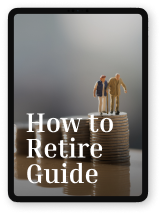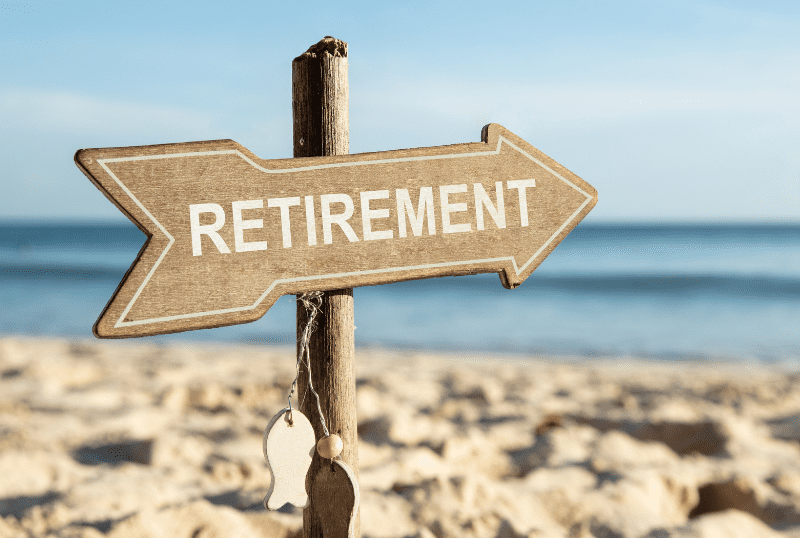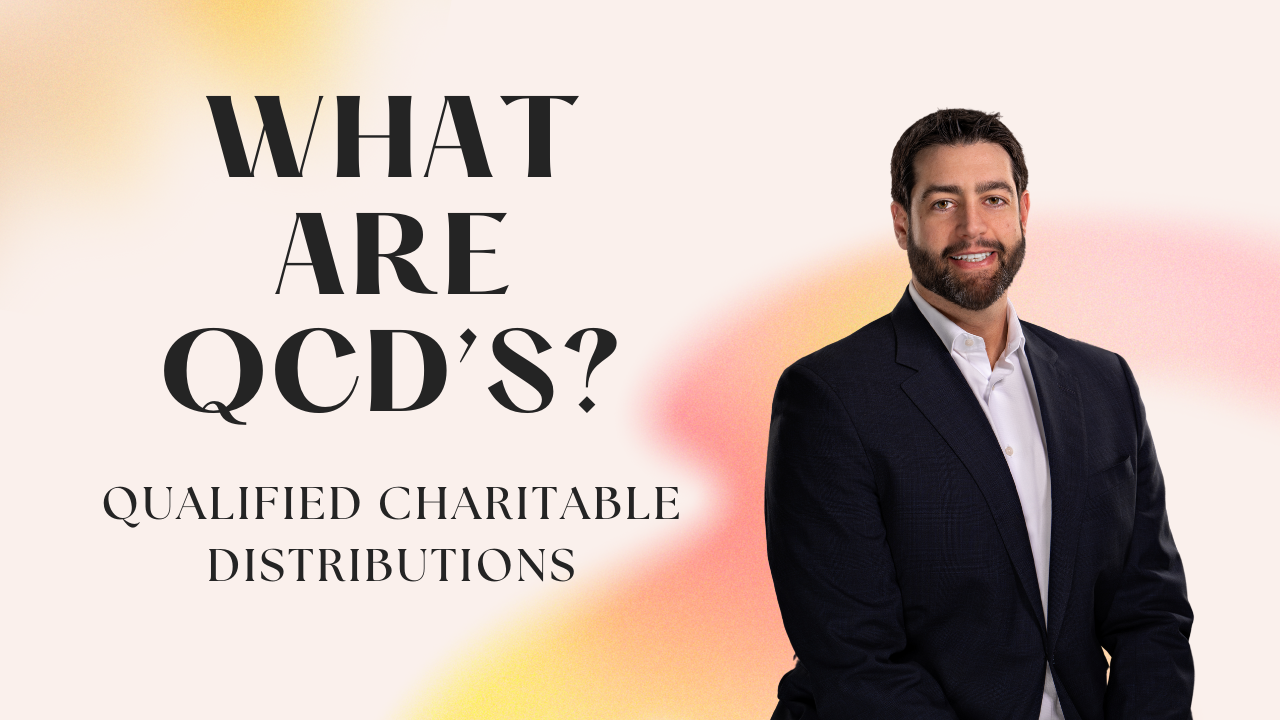By Nick Fortuna
Barron’s
April 1, 2021 7:00 am ET
One appealing aspect of a 401(k) account is that it requires little time and effort to manage. As long as workers contribute as much as they can afford—or at least enough to garner any company matching contribution—to a diversified portfolio over many years and avoid early withdrawals, they should reap the benefits of compound interest and build a substantial sum.
If you put in a little time and effort, financial advisors say, you can minimize expenses, bolster returns, and minimize future taxes. Here are some best practices advisors recommend:
- Load up on stocks if you’re youngish. If you’re more than a decade from retirement, it pays to invest almost exclusively in stock funds instead of bond funds and other conservative investment vehicles, said Ben Fuchs, founder of Fuchs Financial. He said many workers who have witnessed multiple stock-market crashes over the past few decades have become too cautious in their asset allocation out of fear.
Fuchs said typical workers in their 20s through 40s should consider investing 40% of their contributions in S&P 500 index-tracking funds, 20% each in small-cap and midcap funds, 10% in international funds, and 10% in real estate investment trusts.
“I tend to be very aggressive with 401(k) money until people are approaching their retirement years,” Fuchs said. “It’s a totally different scenario when people are getting ready for retirement.”
Duncan Rolph, managing partner at Miracle Mile Advisors, offered a similar investment strategy but said he advises clients to “be overweight” on technology funds, including those tracking the Nasdaq-100 Technology Sector, which he expects to outperform the market.
- Don’t automatically opt for target-date funds.Target-date funds, often a default option for savers who don’t select investments, have grown increasingly popular with 401(k) investors because they automatically shift assets from riskier to more conservative investments as workers age. But Fuchs says these funds aren’t right for everyone because they treat all investors the same.
Investors who will have other sources of retirement income, such as pensions, a spouse’s income, Social Security, and brokerage accounts, may not need much of their 401(k) savings early in retirement, he said. “Everything is based on the timeframe of when you want to use that money,” Fuchs said. “As long as I’m not touching that money, I can let it grow.”
One option for older workers is to have most of their existing savings in bond funds and other conservative investments while allocating all future contributions to stocks, according to Alex Reffett, co-founder of the advisory firm East Paces Group. This approach ensures that workers nearing retirement won’t be badly bruised by a stock-market crash, and if one does occur, their future contributions will be used to buy low and hopefully sell high, he said.
“Your future dollars don’t have to be invested the same way as your existing balance,” Reffett said. “You may want to be more protective of what you’ve already saved while still taking advantage of a potential dip in the market by boosting the aggressiveness of just your future dollars.”
- Keep an eye on expenses.The rise of low-cost exchange-traded funds in 401(k)s has helped drive a sharp reduction in the expense ratios that workers pay to invest in equity funds, Rolph said. Paying even slightly higher expenses over several decades can result in many thousands of dollars in lost investment earnings because of compound interest, he said.
“Fees have come down dramatically in 401(k) plans,” Rolph said. “If the expense ratios on your funds are more than 0.25%, then that’s probably too high.”
The exception to this rule is if a particular fund consistently outperforms its peers. One great year doesn’t constitute a trend, but funds with higher three-, five-, and 10-year returns may be worth paying a bit more for, said Fuchs.
- Check if your plan offers a Roth 401(k) option.With Roth 401(k) accounts, contributions are made after taxes are taken out of workers’ paychecks, leaving them with less take-home pay. But withdrawals in retirement are tax-free. This differs from traditional 401(k) accounts, which are funded with pretax contributions but require workers to pay taxes when they withdraw their money.
When workers opt for the Roth 401(k) option, any matching contributions from their employers go into a traditional 401(k).
Nathan Boxx, director of retirement-plan services at Fort Pitt Capital Group, said Roth 401(k) accounts are especially attractive to younger workers in lower tax brackets. They’ll take home less money today, but they’ll have tax-free income in retirement, when they might be in a higher tax bracket, he said.
“If your plan allows for you to make Roth deferrals, jump on that train, especially if you’re young,” Boxx said.
Older workers in their prime earning years likely should opt for the traditional 401(k) because of the immediate tax benefits, Boxx said.
- Consider the net unrealized appreciation strategy.Workers whose 401(k) accounts include company stock that has appreciated significantly should look into this strategy to reduce their tax burden, said Will Johnson, an advisor at Great Waters Financial.
Consider this example: An employee’s 401(k) account includes $300,000 in company stock, for which the worker originally paid $100,000. Using the NUA strategy, a retiring worker could transfer just that portion of his 401(k) savings into a brokerage account and immediately pay taxes only on the cost basis of $100,000 instead of the full $300,000.
Once in the brokerage account, that money no longer is subject to required minimum distributions that begin at age 72, Johnson said. Moreover, when the retiree sells his company stock, the profits are taxed as long-term capital gains instead of ordinary income, potentially saving the retiree thousands of dollars, he said.
- Consider automatic rebalancing.Many 401(k) plans give savers the option of automatically rebalancing their portfolios every quarter, twice a year, or annually to keep their investments in line with their risk tolerance. Checking this box in your account settings is a good way to capitalize on downturns in the market like investors saw in 2020, Johnson said.
For example, an investor whose account had 80% equities and 20% bonds in the spring of 2020 saw his equity funds lose a great deal of value while his bond funds made modest gains. Due to the pandemic-induced stock-market retreat, that investor would have had more than 20% of his money in bonds after the market dipped, Johnson said.
Through auto-rebalancing, some of that investor’s money would be transferred from bond funds to equity funds that were down 30% to 40% in some cases. By returning the account’s asset allocation to an 80-20 split, the investor could buy equities while they were low and benefit from the market rebound, Johnson said.
“The more you can have [your assets] automatically rebalanced, the better long-term performance you’re going to have,” he said.
Click Here to view this article on Barron’s
















